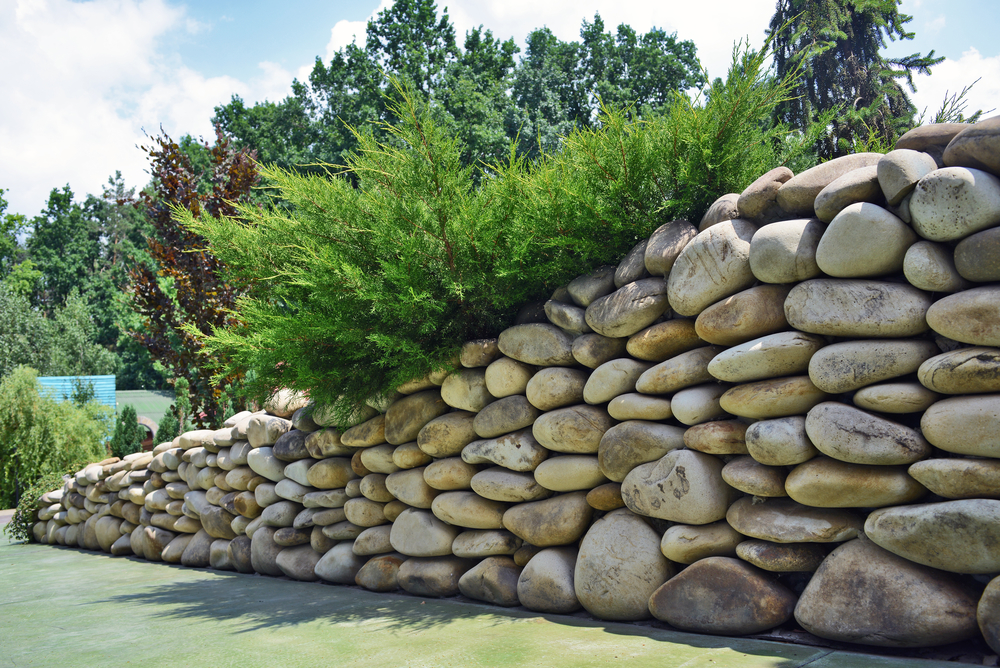Fixing quartz isn’t just about looks. It’s about keeping your space functional and safe. Whether it’s a chipped edge near the sink or a crack from something heavy, even minor damage can bother you every time you see it. You may wonder if the surface is still safe to use or if it might get worse.
I’ve gone deep into how professionals handle these problems. From what tools they use to how they get clean, lasting results it’s all much simpler than you’d expect. But not all fixes work the same way. Different issues call for different techniques, and experts choose wisely based on the damage.
Why Quartz Needs Special Fixes
Quartz looks strong, and it is. But it’s still a mix of stone and resin. That means it’s not unbreakable. When heat, pressure, or heavy impacts meet weak spots, they can leave marks, dents, or cracks that aren’t easy to ignore. That’s why it helps to know the common quartz repair methods used by experts so you understand what really works and what doesn’t when dealing with damage.
You might try a quick DIY filler, but experts avoid that. They rely on long-term solutions that keep the finish even, color consistent, and the surface solid. That’s why knowing how the pros fix quartz helps you skip the trial-and-error.
The Tools That Make a Difference
Professionals don’t rely on random putty or kitchen glue. They have specific tools for each issue. One expert I followed used a UV curing light to seal a micro-crack so tight it looked untouched. That’s the kind of difference real equipment makes.
Apart from UV systems, they also use diamond polishing pads, fine-grade sandpaper, syringes for resin filling, and color-matching kits. Each one plays a role depending on whether it’s a scratch, dent, or deep crack.
Filling Chips the Right Way
You won’t believe how common edge chips are. Most happen around sinks or counter corners. That spot where your ring hits the stone while doing dishes? That’s often where chips show up.
The expert method involves using a color-tinted epoxy resin. But it’s not just about filling. They clean the area deeply, remove loose bits, then fill it with a matching resin and cure it with UV light. After that, the resin is sanded and polished so it blends smoothly into the surrounding surface.
Handling Surface Scratches Without Damage
Tiny scratches might seem harmless, but they catch light and dust. They dull the shine and make quartz look worn. Experts treat these using sanding pads that range from 400 to 3000 grit. They start with a lower grit to gently buff the scratch, then work their way up to polish.
Sometimes, a polishing compound is added to bring back the gloss. But here’s what makes the difference: they don’t overdo it. Too much sanding in one area can make the spot look uneven. It’s all about balance.
Crack Sealing and Structural Fixes
Cracks are more serious. When you see a crack, it often means pressure hit a weak point. Experts usually drill a small relief hole at the end of the crack to stop it from spreading. Then they inject a strong resin using a syringe, press it down to fill every space, and finish with a UV cure.
In many cases, clamps hold the area together until the resin hardens. This approach keeps the quartz stable. It also avoids the need for total replacement, which saves a lot of money.
Matching the Color Takes Skill
This part can’t be guessed. Professionals often mix different tints into the resin until the color blends into the original quartz. They test it on scrap pieces or use small samples until they’re sure it’s right.
I saw one expert blend two drops of black, one of brown, and a touch of gray to fix a spot on a dark countertop. Once polished, even under strong light, the patch was invisible. That’s the kind of attention that matters.
Heat Stains and Burn Marks
You probably didn’t expect quartz to burn. But place a hot pan directly on the surface and you’ll see a white or brown mark. That’s the resin reacting to heat, not the quartz itself.
Experts deal with this by carefully sanding the top layers where the resin is burned. Sometimes, they use a heat gun with polishing paste to reset the surface. But if the stain runs deep, the only fix is replacing that part of the quartz slab.
Stubborn Stains and Discoloration
Oil, wine, or harsh cleaners can leave stains, especially if they sit too long. The best experts don’t jump to bleach or vinegar. They use pH-neutral cleaners and, if needed, a poultice paste that pulls the stain from the surface without damaging the seal.
After cleaning, they reseal the surface to protect it from future stains. That’s a step most people skip, but it helps in keeping the shine and color intact for longer.
When Resurfacing Is the Best Option
Some surfaces just lose their look over time. Lots of light scratches, mild stains, and dullness can all build up. That’s when experts recommend a full resurfacing.
This involves using diamond pads to carefully grind down the surface. It sounds rough, but when done right, it reveals a fresh, smooth layer underneath. A final polish brings back the shine. It takes time but feels like a new countertop.
The Role of Professional Judgment
Every quartz damage is different. Some can be fixed in under an hour. Others need several steps. What sets experts apart is their ability to know what to use, when, and how much.
They also know when not to repair. If a crack affects a support area or runs across a large span, a replacement might be safer. That kind of honest call saves clients from wasting money on repairs that won’t last.
Safety Precautions Experts Follow
Quartz dust is no joke. Sanding or grinding it releases tiny particles that can harm your lungs. That’s why professionals always wear masks and often use vacuum attachments with their tools.
They also protect the surrounding area with covers to avoid scratches and damage. It’s not just about fixing one spot. It’s about making sure nothing else goes wrong in the process.
What You Should Expect After a Repair
Most repairs last for years. A good job leaves no visible mark and doesn’t weaken the surface. Some minor color mismatch might be visible under certain lights, but it’s rare when done by a pro.
You won’t need to reseal quartz after every repair. But for large fixes or after resurfacing, adding a sealant layer improves durability and keeps the surface cleaner.
FAQs
How long does a typical quartz repair take?
Most repairs are done in under two hours unless the damage is large or deep.
Can I use regular glue to fix a quartz chip?
No. It won’t hold under pressure and may leave stains or uneven surfaces.
Are quartz repairs noticeable afterward?
Not if done correctly. Color matching and polishing can make repairs blend in completely.
Is resealing necessary after small repairs?
Not always, but it helps maintain shine and resist stains if done.
Do heat stains always require resurfacing?
Only deep stains do. Minor burns can be sanded and polished out.
Conclusion
Quartz might seem tough, but even tough materials need care. What matters is how you fix them. The methods experts use aren’t just more effective they also save your surface from further damage. Whether it’s a chip near the sink or a long crack running across the counter, the right fix makes all the difference.
If you spot something wrong with your quartz, don’t wait for it to get worse. A quick, clean repair can save you money, stress, and even your countertop. Just make sure it’s done the expert way. Because when it’s fixed right, you won’t even remember where the problem was.


